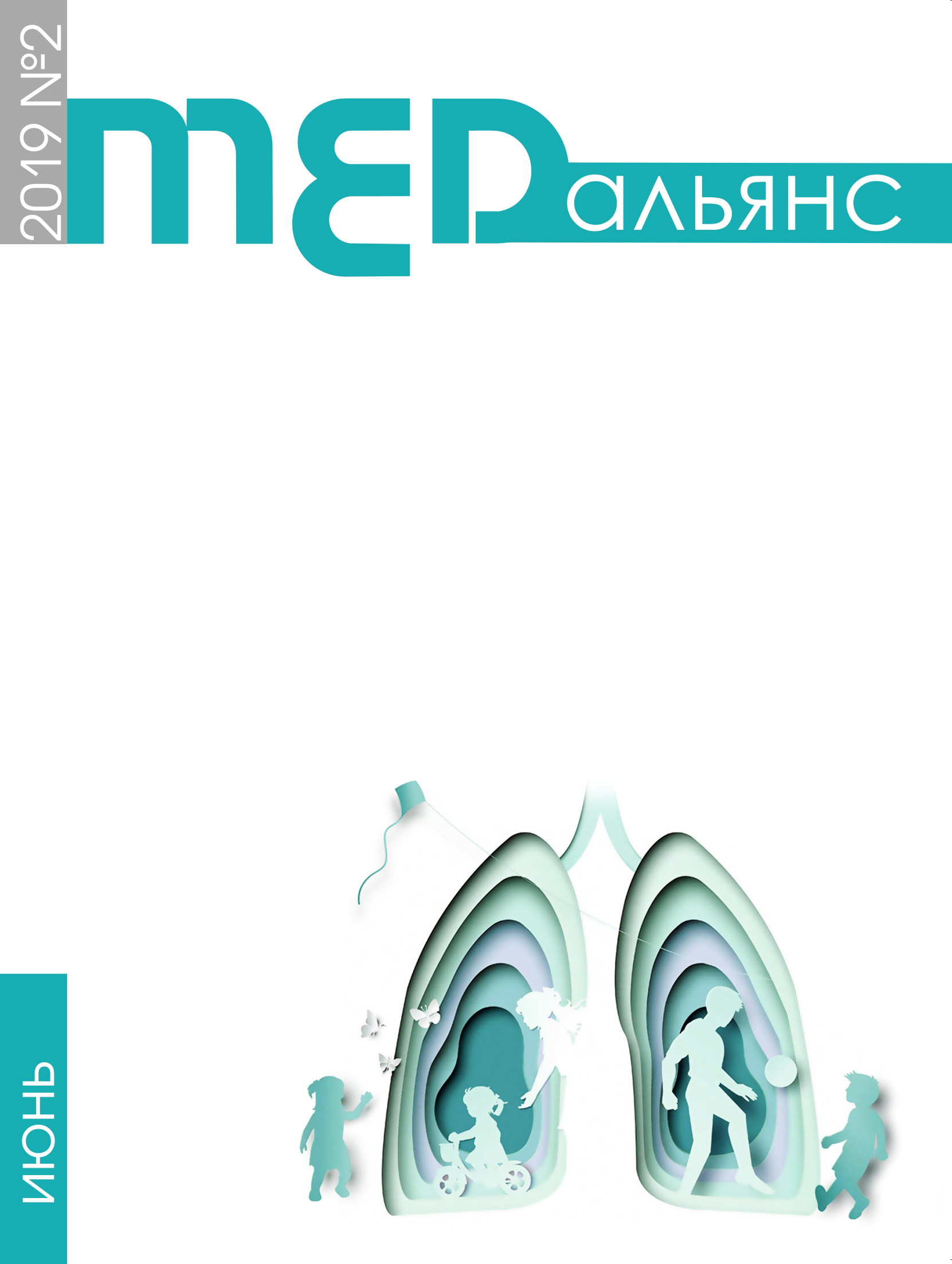Abstract
Summary Despite the 10 years of history of EBUS and more then 50 years of TBLB, the evidence of the usefulness of their combination or sequence are not enough till now. The aim: to compare the diagnostic efficacy of TBLB, EBUS and their combination in verification of sarcoidosis II. Design: a prospective non-randomized trial with consecutively enrolled patients from January 2018 till December 2018. Inclusion's criteria: Patients older than 18 years with the revealed pathology in the chest CT: suspicion of sarcoidosis II (coexistence of pulmonary dissemination and mediastinal lymphadenopathy). Exclusion's criteria: previously confirmed the diagnosis without the invasive procedure, contraindications to bronchoscopy and general anesthesia or inability to consent. Material and methods: 100 patients were enrolled in the trial. Patients were divided into 3 groups: group 1 (TBLB) - 50 patients, group 2 (EBUS) - 35 patients, group 3 (TBLB and EBUS) - 15 patients. TBLB and EBUS-TBNA were performed by the experienced team according to available guidelines. All diagnoses were made according to the national recommendations. Statistical analysis: the licensed software package of statistical analysis SPSS Statistics 10.0 and Excel-2010 (Microsoft) were used. In order to determine the significance of P differences of comparable values, we used the methods of pairing tables - a comparative analysis was carried out using the Chi-square test or Fisher's exact test. Results: final pathology: sarcoidosis - 75 (75.0%), tuberculosis - 13 (13.0%), other pathology - 12 (12.0%). Overall sensitivity in Group 1, Group 2 and Group 3 was 78.0%, 80.0% and 93% respectively (p<0,05). The sensitivity for sarcoidosis: 87.0%; 85.0% and 92.9%, in Group 1, Group 2 and Group 3, respectively. Conclusion: in patients with CT-signs of suspicion of sarcoidosis II the EBUS-TBNA should be the first-choice method of diagnostic intervention.

